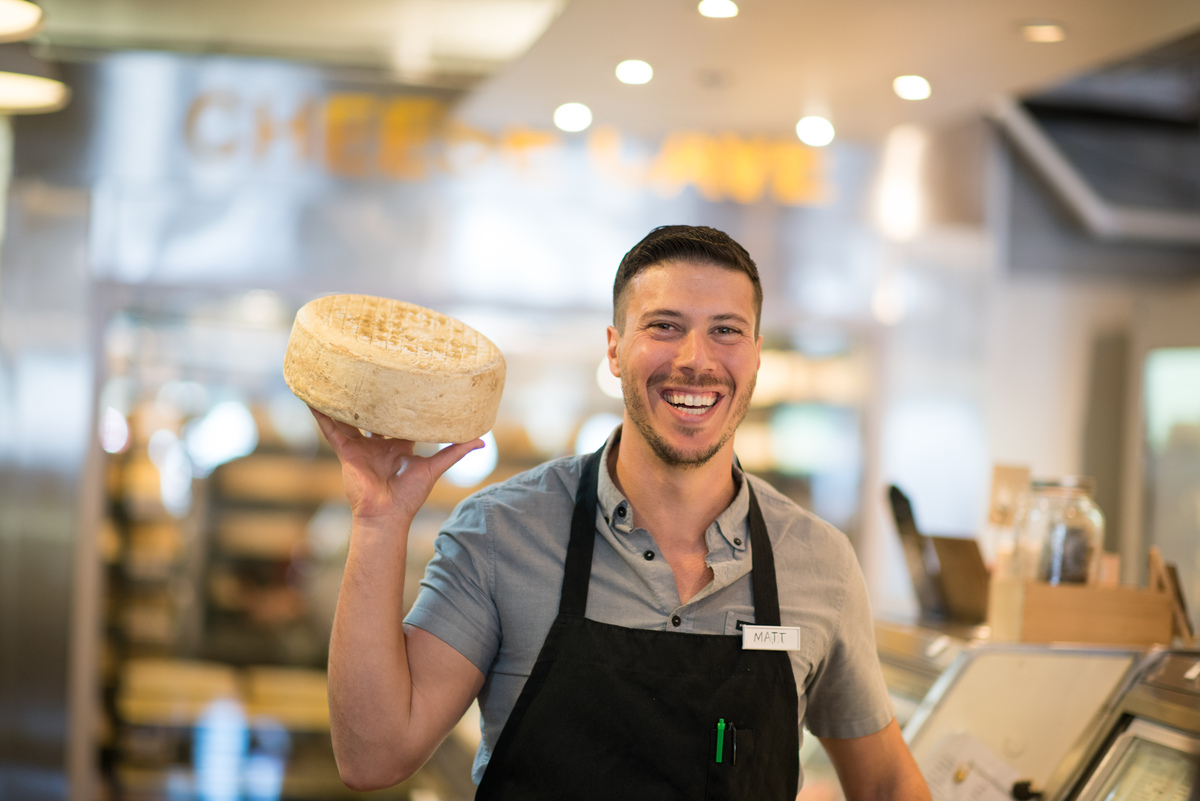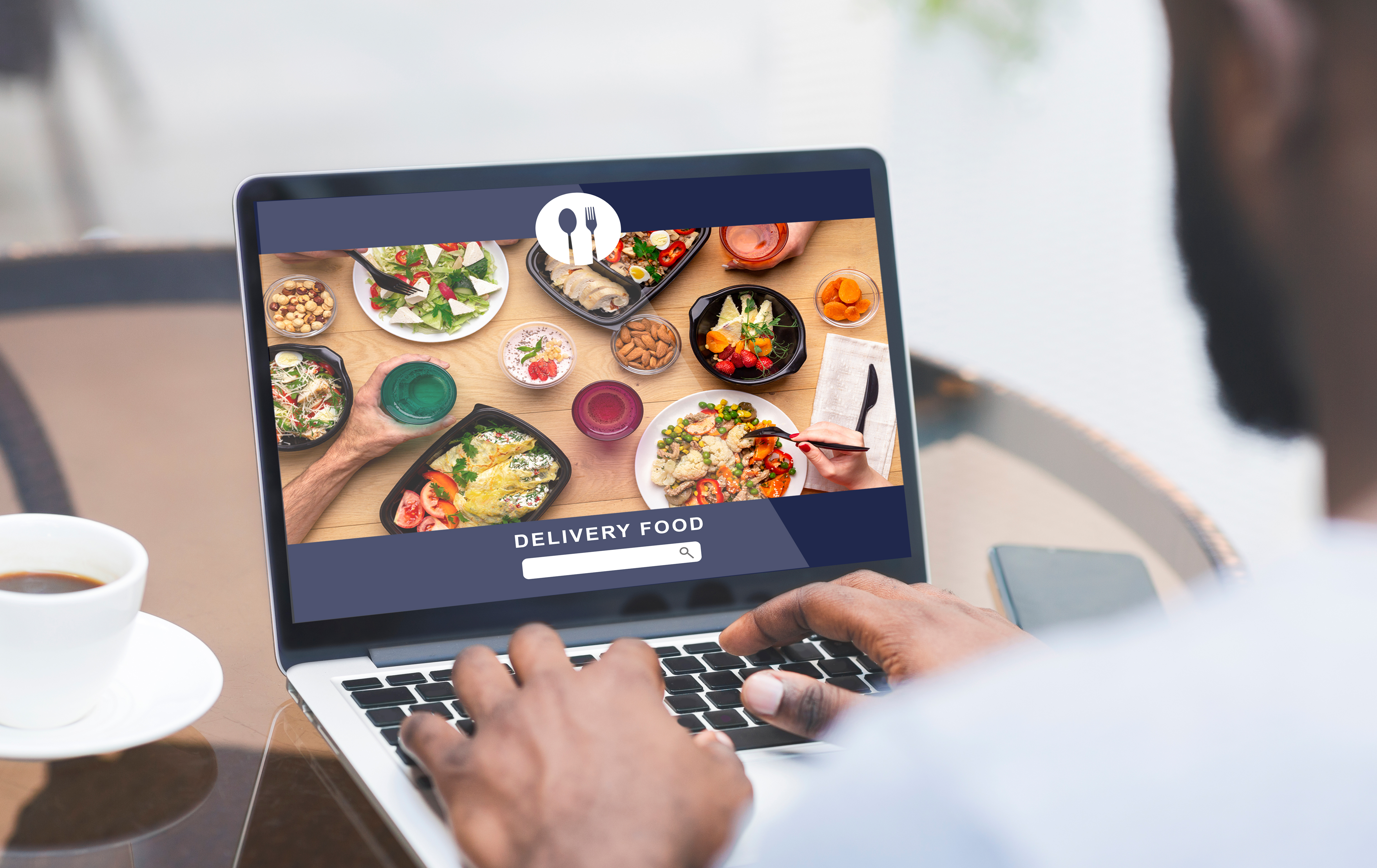Restaurants, particularly full-service locations, were among the hardest-hit industries in 2020, although operators that had strong takeout, delivery, or drive-thru businesses fared better. Those trends are expected to continue into 2021 as restaurants focus on enhancing their off-premises capabilities.
Nearly half—44 percent—of consumers surveyed by research firm Datassential in November said they were “definitely” avoiding eating out in restaurants, although most felt comfortable ordering delivery or takeout. Datassential’s Firefly research found that 70 percent of restaurants were offering delivery by late 2020.
In a webinar, Datassential pinpointed several trends brought on by the pandemic that it expects will impact the restaurant industry in 2021, including the migration of consumers from large cities to smaller cities and from urban areas into suburban areas. These consumers, the research firm says, will likely bring their tastes for global cuisines such as Indian and Thai with them, perhaps creating opportunities for restaurants to expand into areas they otherwise might have shunned.
This migration also allows restaurants that are in some of these locations where consumers are moving to introduce experimental ingredients and flavors more quickly, says Jack Li, founder of Datassential.
Increased Automation in Restaurants
The increasing use of automation in foodservice will continue to accelerate, according to Li, who cites the addition of kiosks, mobile ordering, and contactless payments as examples. “A lot of what used to be human interaction is now automated,” he says.
While 32 percent of consumers reported using contactless payment before the pandemic, that had increased to 48 percent by May, just a few weeks into the shutdown, and it continued to increase throughout the year, says Li.
Foodservice automation is also appearing in the form of innovations such as Sally, the salad-making robot from technology firm Chowbotics. With the disappearance of salad bars from restaurants and retail stores around the country, Sally offers consumers the ability to customize their salads without the need for human interaction, Li explains.
The increasing demand for restaurant delivery has also accelerated another trend that is expected to last: virtual restaurant brands and ghost kitchens. These tend to be delivery-only concepts that offer highly specialized menus and are sometimes offshoots of existing restaurants.
The expansion of these concepts will allow for more experimentation by chefs and could lead to more “limited time” or pop-up restaurants that could open briefly with special offers, either to test new menu items or perhaps to test new markets.
Caputo’s Rethinks Operations for the Future

Image: David Newkirk
Tony Caputo’s Market & Deli, which operates three retail locations in Salt Lake City and the A Priori specialty food distribution business, has seen its sales increase significantly during the pandemic, despite a sharp falloff in foodservice distribution early on, says Matt Caputo, president.
“The foodservice component of our business went down 95 percent overnight back on March 15, when the shutdown orders were given out,” he says. “And, we had a tidal wave of perishables coming at us—fresh mozzarella that we had bought for dozens and dozens of restaurants that only had a couple of weeks’ shelf life. That was a very scary time.”
Within the following months, however, the company saw strong gains in its distribution volumes for items sold through it’s A Priori division, including chocolate, cocktail bitters, and tinned seafood, which were on track for 200 percent sales gains in 2020, compared with 2019. “We’ve been crazy, crazy busy, and we’re cautiously expecting it to continue for us,” says Caputo. “We don’t see any signs of it slowing down.”
As the distributors’ customers have trimmed their staffs, many appreciate the streamlined service the company offers through which buyers can conduct one-stop shopping for several types of specialty items, he says.
The biggest challenge the company faces going forward, Caputo says, is expanding the company without taking on outside investment. “We’re definitely planning for growth, but we’re also not trying to grow too fast,” he says.
Caputo anticipates “incredible growth” in the company’s conservas (tinned seafood) business, which he likens to the craft chocolate boom of the past decade and a half. “We expect that to grow really quickly over the next three to four years,” he says.
The company supplies many restaurants that have added retail elements to their operations, he says. Restaurants across the country have begun offering items from their suppliers, or retail items created in their own kitchens, directly to consumers. “We’re seeing a lot of restaurants that have pivoted to that and have focused on specialty food in a pretty profound way,” says Caputo. “The 1940s and ’50s killed the corner shop, and now it seems like 2020 brought some of them back. We hope that’s here to stay.”
Meanwhile at Caputo’s retail stores, which have a significant foodservice component, the company has expanded its outdoor dining capacity by adding heated seating areas at two of its locations. “One of the things that we’re betting on for next year is that there’s going to be some relatively permanent changes to people’s behavior and how comfortable they feel being near people in enclosed spaces,” says Caputo.
He envisions that the new outdoor seating arrangements could be long-lasting elements of the stores’ operations. “The good news is, they’re so attractive that we think that even in the summer, it makes our storefront look that much more inviting,” says Caputo. “It makes for a nice space.”
Mark Hamstra is a regular contributor to Specialty Food.

